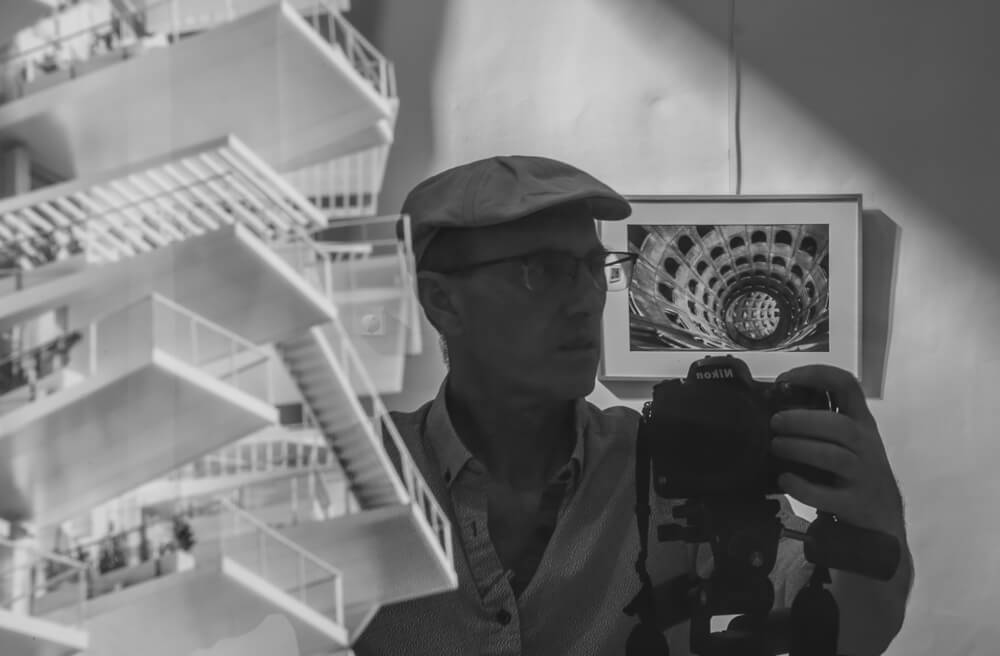The reasons that guided me to start in the field of photography are partly enigmatic. But from the moment I had a camera in my hands, I never left it. Very quickly the possibilities offered by this reflex were there to satisfy my creativity.
Architect by training, I stopped my liberal activity in 2018 to devote myself to photography. Self-taught in photography, I spend enough time documenting myself and discovering what touches me in the photographs of great photographers. The rest of the time I photograph. Despite the little perspective that I have on my work, I manage to perceive intentions, creativity, expression that allow to make visible what my feelings and my eyes perceive.
Finally, through travel, travel, meetings, the notion of sharing remains the culmination of my work.
Black and white has established itself as a reference for my projects, knowing by a pictorial approach the color, I was too wary of the impact of color on a photo which all too often attracts the eye at the expense of the subject or the background. Black and white allows me to geometrically compose my subject which is enriched with light and an infinite range of shades of gray.
I often look for a model, a subject, refined, simple, often abandoned places, vacant stripped of activities and person, not to erase them, more to suggest them and strengthen their presence by their absence.
